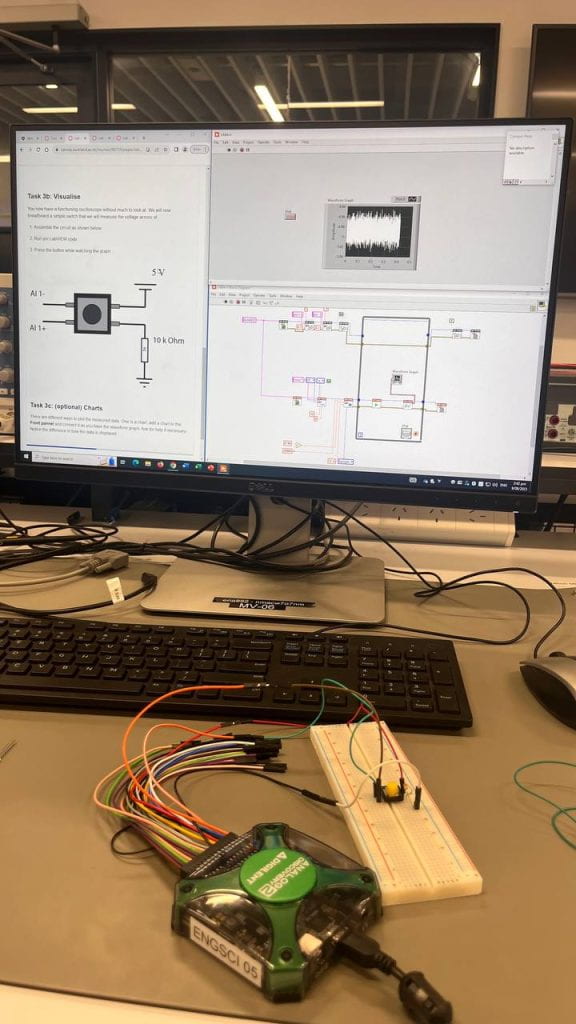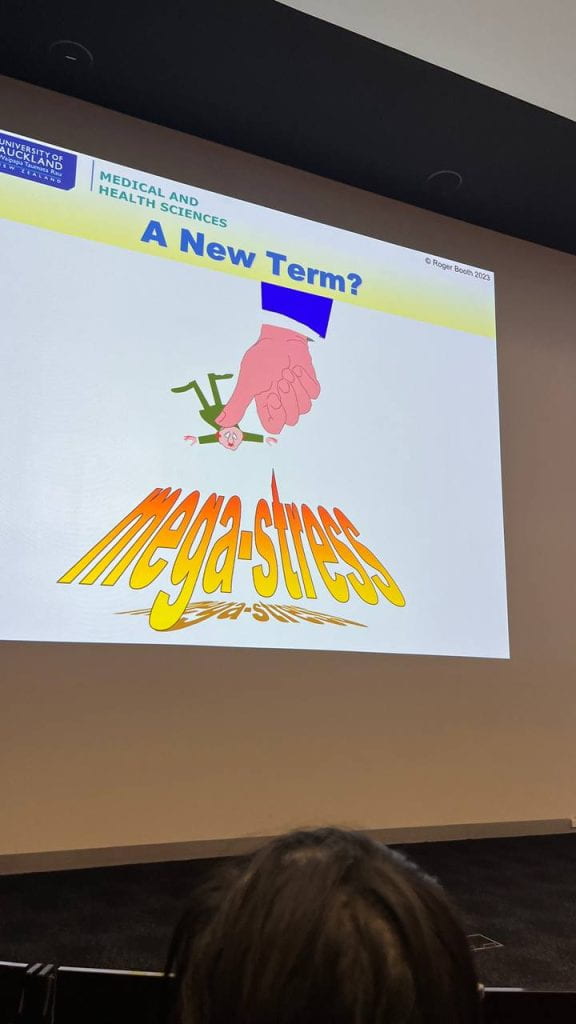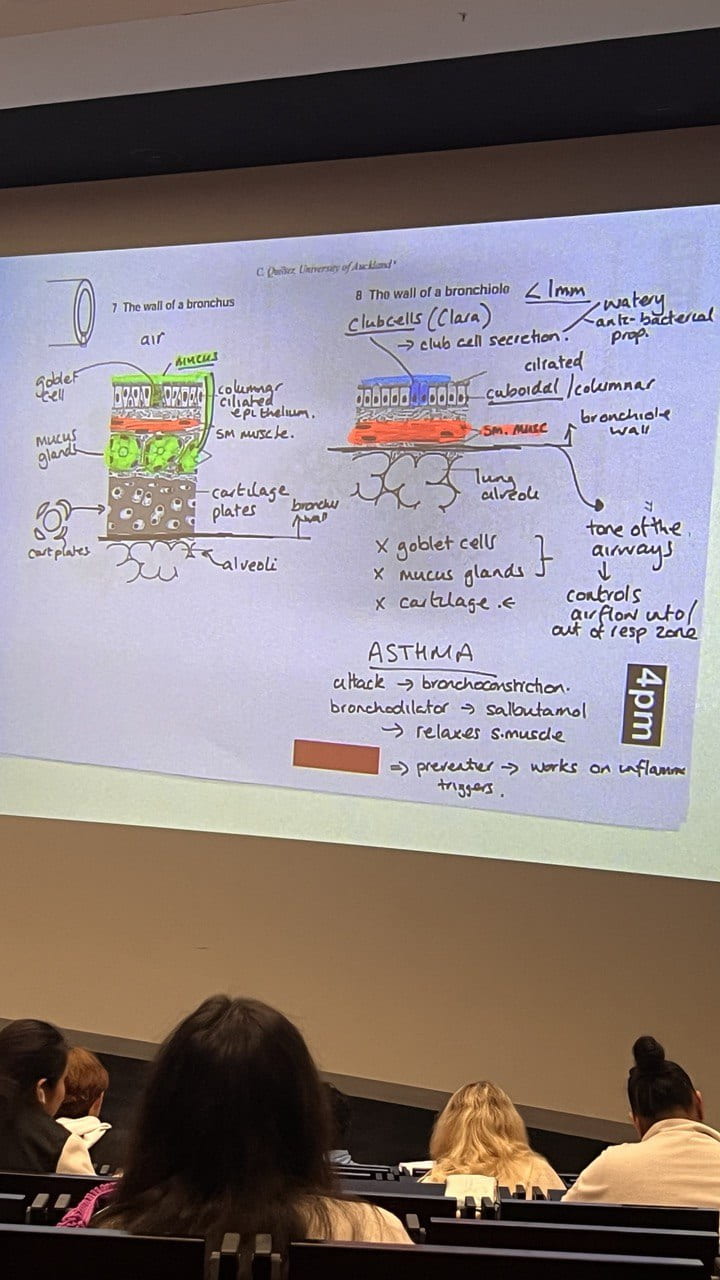Hi my dears!
Time truly is zooming by isn’t it? Hope everyone is settling in well at Uni! Back again with another Paper Run, this time Sem Two edition!
Overview
Sem 2 has been far more engaging and relevant to BME than Sem 1. Class size has now dramatically decreased from like 100-odd (ENGSCI + BME) to like, 30 on a good day. You are going to be seeing the same faces every lecture – including the lecturer (same lecturer for 2 BIOMENG courses XD). As one would say, “the people who suffer together, stay together”. We sure are suffeCring, but hey – friendship is magic!
If you’re the type to feel overwhelmed in large, stinky engineering lecture halls with 400 people crammed, BME’s small and focused classes will give you a peaceful respite – no engineering BO, no loud talking at the back, no cramming together in the small OGGB seats… Just, a friendly class and vibes!
So here is my current Sem Two Thoughts, excluding ENGGEN204 because you’ll suffer regardless or not if you’re BME.
Want to skip ahead to a particular section?
BIOMENG 241 – Instrumentation and Design
Yay, group project! This paper is essentially a big design paper with a pretty cool project. For the past few years it’s been: Design a device that can measure skin colour and heart rate. From designing the case in CAD (hi 115), designing the circuit itself (101 galore), and controlling your circuit with code – this paper is for the inventors and creators who love cracking down on a problem.. and another problem…. and more problems… I’d say quite a challenging and polarising paper, but personally I really like it!
I like it because I have a special interest in circuits and devices (and almost considered switching to compsys but I STAY LOYAL!) but putting things together and successfully lighting up a bulb is just *chefs kiss*!
Weekly Structure
- Lectures: 2x a week, short module on Engineering Design and the rest: world of Electrical OPAMPs (again…), transistors, signal processing to name a few
- Labs: 1x a week, familiarising yourself with the software needed to make your colourimeter. You get your very own AD2 kit, along with a breadboard, wires, LEDs etc.
Upsides:
- All hands on deck: First of all, anything that’s hands-on is a plus. With your AD2 kit you are expected to become a master at breadboarding since you do it nearly every lab session.
- Creation! If you’re a fan of bioinstrumentation like me, you’ll come to enjoy the whole process divvied up to three parts: Case Design (in CAD and very self guided), Circuitry (drafting your own circuits and deciding components properties based on their datasheets to be printed on PCB), Processing Signals (half done by how your circuit is set up to filter out analog noise, then refined in this software called LABView.
- Being able to brag to your ESCE friends you can do what they do. We learn LTSpice, Altium (PCB design) and all the electronics too. We deserve bragging rights, really.
- If you found ELECTENG101 interesting, you’ll like this one too! And I mean interesting, not easy. Noone finds 101 easy.
- You don’t really need ELECTENG101 to understand things. Great foundation and I still consult the coursebook, but 101 concepts will be retaught. Hopefully.

Downsides:
- Unexpectedly content heavy! The world of electrical engineering is a deep iceberg – ELECTENG101 is like the bit at the very top, and 241 is the part just touching the water. Each week you learn things to build and refine your circuit,
- Requires a lot of independence to be up to stage on things. Things don’t really pick up till after the break, so if you’re trying to the cram the group project… just don’t.
- I might be traumatised by soldering 😀
- Labview, the software you control the circuit with, is quite annoying. Think Scratch, except worse and not really intuitive. Think MATLAB but now everything is an icon and you drag connections between things.. say, a number and a division sign. Believe me, it’s not great. I miss coding with words.
- Labs (aren’t compulsory to finish) but are helpful for project! Sadly, they also get harder the further along you go.
On the sides:
- Group work part is probably fine. Hopefully if it’s like it always is, your groups will generally be well functioning.
- TAs – omniscient beings with lots of knowledge. Consult them and the lecturers, they’re super chill and will be happy to help you understand concepts or check if your circuitry is not terrible.
BIOMENG 261 – Tissue and Biomolecular Engineering
261 harkens a lot to chemistry and its equations. While they’re not hard, if you asked me to do C1V1= C2V2 at gunpoint, say goodbye to my family for me. Course name may be a bit confusing, but its basically on biological experiments with our special, Math Modelling twist. One of the easier BME courses.
Weekly Structure
- Lectures: 3x a week. Three modules here: Ethics, Reaction Kinetics and Bioengineering Labs.
- Labs: May have 1 a week depending on module. Reaction Kinetics has 2 in total over 4 weeks(?), Bioengineering has 1 every week. Ethics has no labs.
Upsides:
- Ethics module was so interesting and is conducted through class discussions, sometimes reaching debates even. Discussing about hard and sensitive topics like euthanasia and using medical knowledge from war times, all in hopes to build upon a shared perspective of what is ethical, and how to guide your decisions in the future. Eye-opening and sometimes we left the lecture a little heavy-hearted, but definitely showed you the impact of what you do as a biomedical engineer – good, and bad.
- Tests for Reaction Kinetics are funnily repetitive, so a bit of practice will definitely get you an A at least.
- Bioengineering labs are Fun! Once again I’m a sucker for anything hands-on, and this time we play with spectrophotometer, pipettes and (in the future for me) growing bacteria on agar plates. Another thing I’ve heard we do is gene editing techniques – think CRISPR.

Spectrophotometer and pipettes! Feeling like a mad scientist in 261 😮
Downsides:
- Reaction kinetics was quite hard to wrap our heads around at first – modelling biology with maths. Lots. Of. Maths. But in the end, you realise that the maths are all the same anyway.
- Collecting experimental data is going to humble you – not everything in life will go your way. May struggle in a few labs because of funky data and readings.
- Reaction kinetics labs are just Matlab 😐
On the sides:
- Go get your own labcoat for this one, you’ll need it (for MEDSCI as well!) You’ll also need to retain some lab skills from BIOSCI107, but its generally not too bad – just don’t break the uni’s pipettes and you’re safe.
- If you end up loving this type of gene editing stuff, the Auckland Bioengineering Institute is at the frontier of this research. Do talk the lecturer about it if you’re interested in delving into the AGTC-CTCG world.
MEDSCI142 – Organ Systems
The first-year premed courses are truly here to humble you. Super interesting course, if you’re in BME because you love bio you will LOVE this one! There is just so much to learn about body systems, and while your grades may look terrible, your head will be chock full of interesting knowledge – maybe even too full.

me forreal
Upsides:
- The fortnighly labs are the highlight of the course! My first one was the rat lab, where we dissected up a rat to examine its guts. The smell of dissections doesn’t get any worse than that.
- I do have to brag that my rat was HUGE! A HUGE MALE!!! with BIG GUTS! Getting sidetracked, but these labs are awesome for contextualising lectures.
- Lectures are full on, but interesting content. My favourite module for now is the reproductive systems.. hehe… sorry, but the lecturers are funny lads. Other interesting topics include: Nervous (Brain/Spinal Cord, Neurology), Endocrine (hormones galore), Musculoskeletal (gym bros galore), Respiratory (breathers galore)! Have yet to cover cardiovascular (<3) , Renal (liver) and Digestive but I’m sure they’re interesting as well.
- Great resources on Piazza – check them out!
Downsides
- CONTENT HEAVY COURSE!!!! Listen to all the warnings and prepare your Anki decks. Don’t fall behind. JUST don’t. You will feel demotivated after getting info-dumped every lecture, but once you structure them according to learning objectives, you’ll find that it connects easily.
- Tests in every lab. Mostly memorisation is key, but do your prereadings before the lab if they mention it.
- The Tests average are hilariously bad. The mean for test 1 was ~53%. Truly rough. Angela, the course coordinator is happy to give more study advice and how to manage the workload for this course.
- Definitely requires consistent effort through the sem if you want good grades.
- Closed book tests and exam. Get used to not relying on cheatsheets and more active learning
On the sides
- There are so many things I would change about my strategy coming into this course… Get used to challenging yourself, learning is not meant to be easy.
- Free printed coursebook and lab manual!
- Get your own labcoat.
- Piazza is REALLY good, I leave my notifications for piazza on and just constantly read updates during work etc to jog my memory.
And that’s most of em! The content in Sem Two feels more engaging to me but hey, to each their own. It also feels slightly harder, but it never gets easier from here haha! Body and medical enthusiasts will likely love this sem and start to see how a future in BME will look like. Non-body and medical enthusiasts um.. maybe reevaluate doing BME?
Hope everyone is doing great! You all are superstars! See you in my next post!
